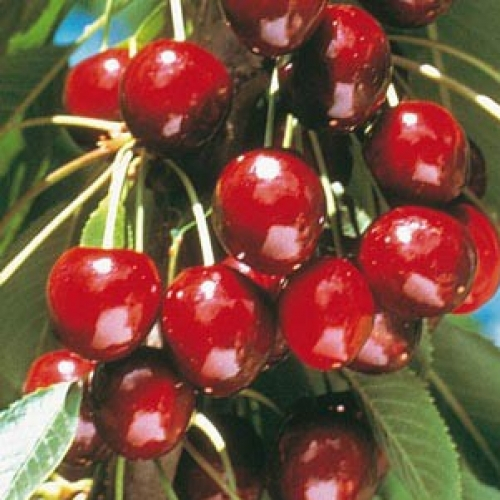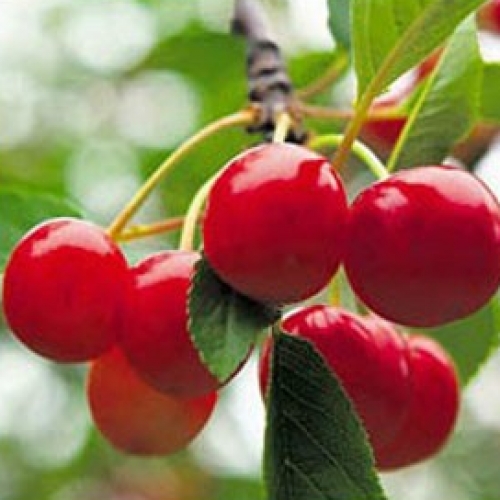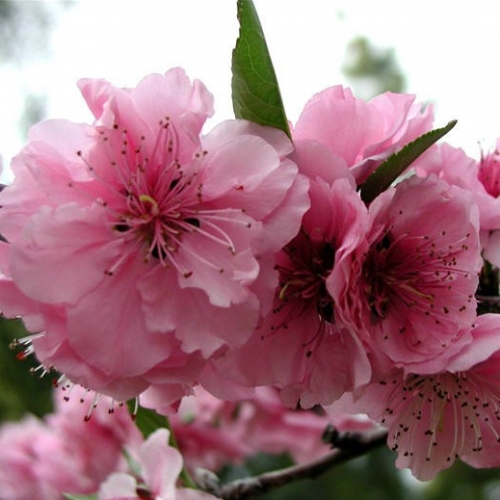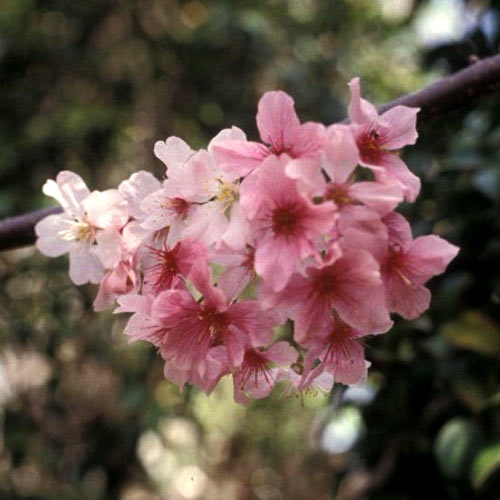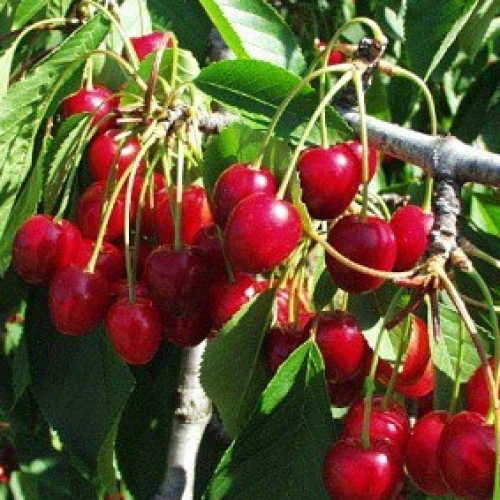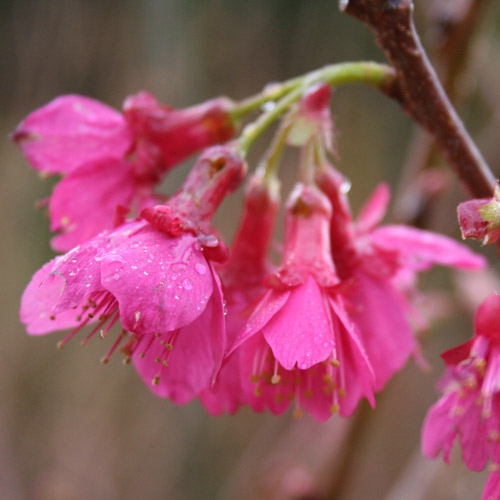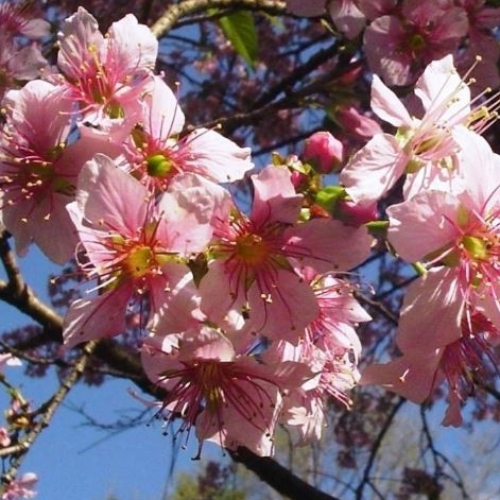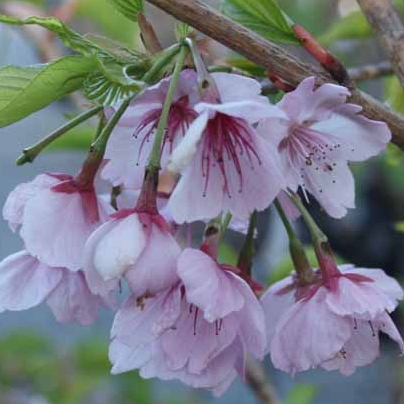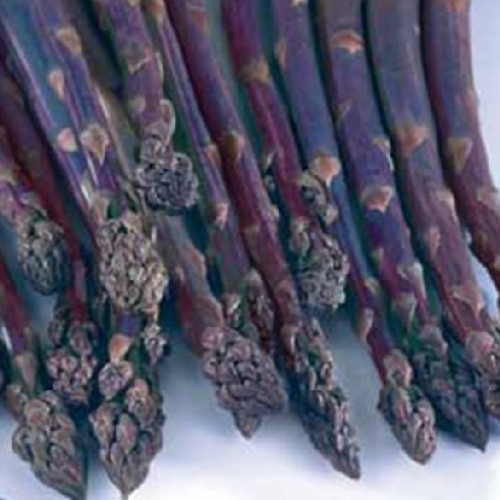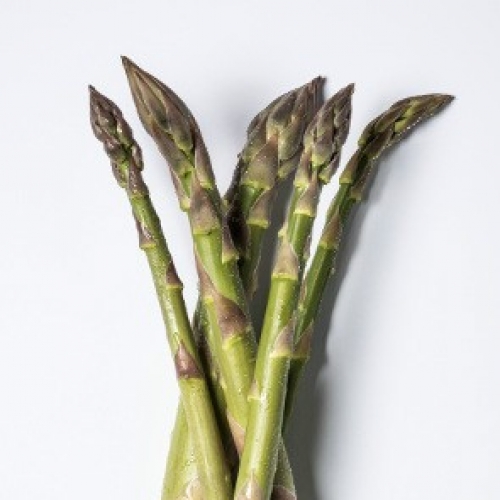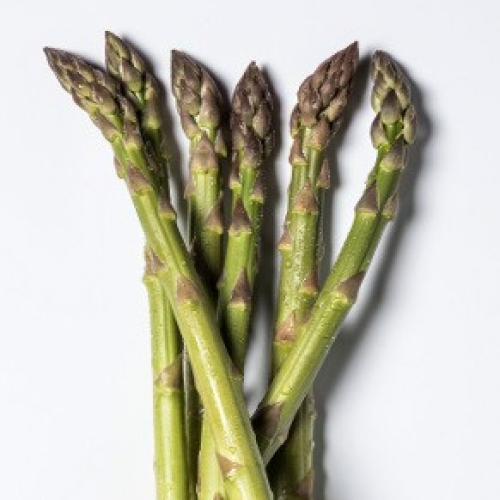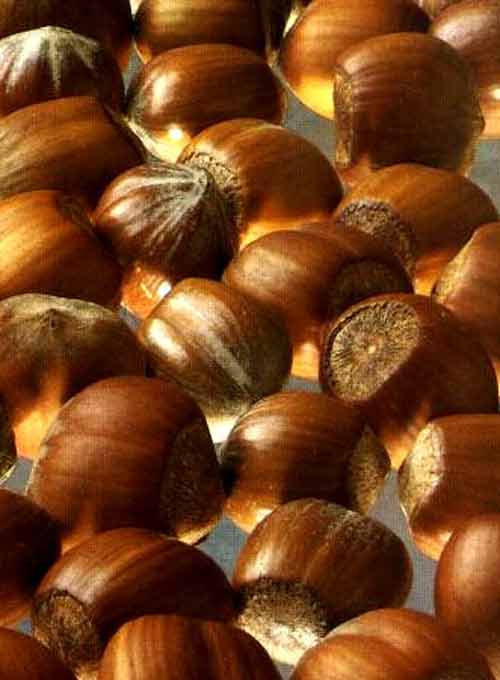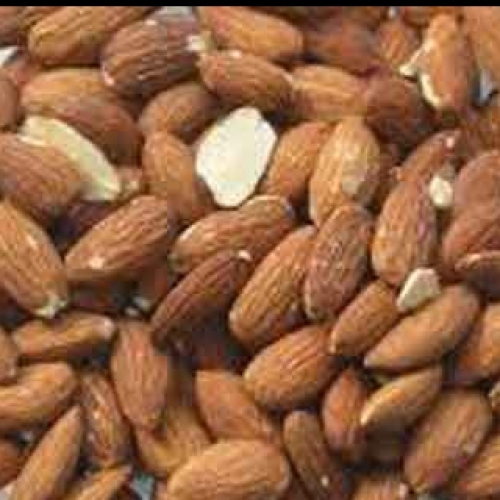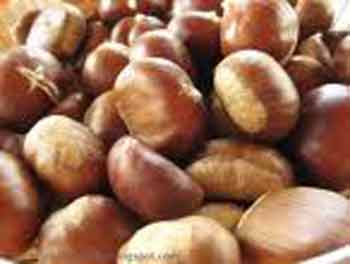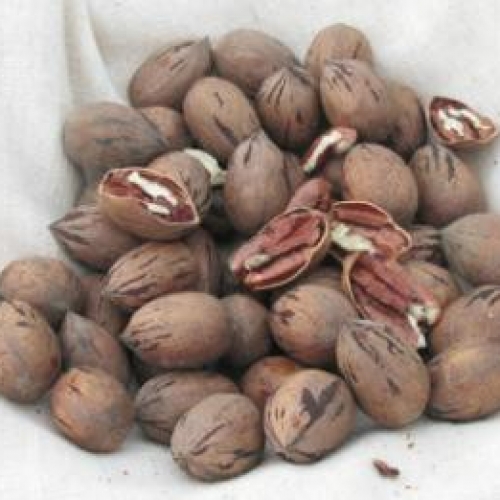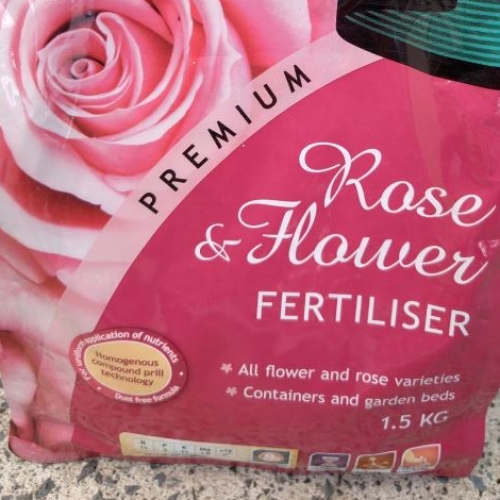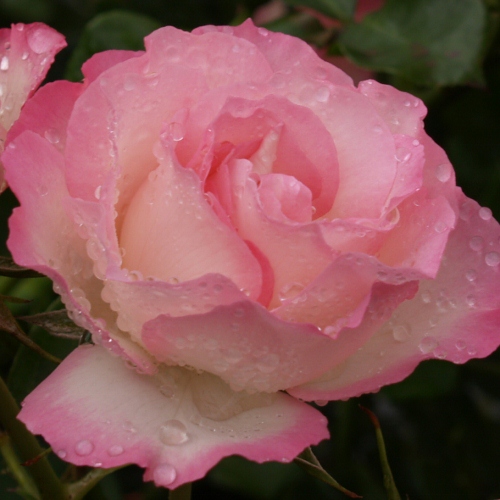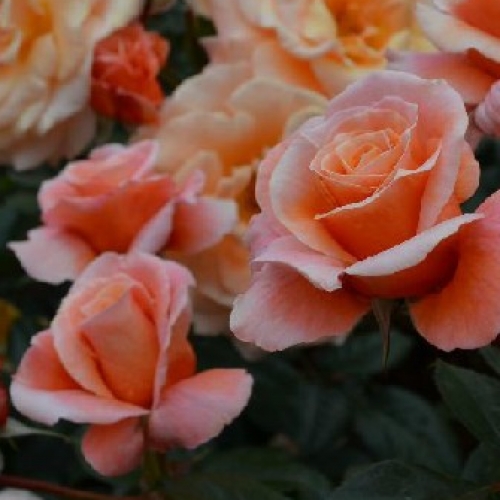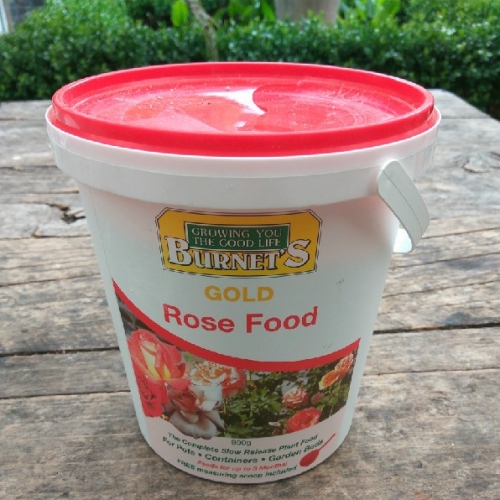Saturday 3rd August, 2024
Hi
More on Prunus and look a tad closer at the flowering Cherries
Common names, whilst easy, can make for all sorts of complications. For example, the name cherry can either refer to
fruiting or
flowering cherries. I often forget to ask that question when clients ask me "
where are your cherries?" as I usually send them off to the
flowering ones rather than the
fruiting ones. Before I go too much further I should say that 100% of rose family members that we stock are grafted or cloned to provide the cultivars and varieties that we have available. They are, of course, on different root stocks. Most of the stone fruit are actually grafted on to golden queen as this is a cheap and easy to produce root stock. In principle I know about how fruiting and flowering cherries are produced. However, I didn't know the nitty gritty such as which species of prunus they use or even how they manage to produce those towering 1.5 and 1.8m standards, and so I rang and asked.
So, very simply, the rootstock is called Colt and is a form of Prunus Cerasus that is produced in massive stock beds by a production method called stooling. Stooling is where you heap sawdust around the mother plant and essentially it suckers up a new stem. I think that they encourage more stems by pulling down a long branch horizontal and covering it with sawdust and it will then sprout at each node with vertical uprights with roots. These are then harvested and probably graded to nursery standard heights of 1.2, 1.5 and 1.8, planted in the field and then grafted with the desired cherry cultivar. As with roses, this is a two to three year process before they have a plant suitable to supply the retail market.
I would imagine that, as in roses, once the graft has taken the new growth is then headed back to force branches that will become the beginning framework of the tree. The cherries we list as either H/W (high worked) or L/W (low worked) have been grafted at the various heights that I have mentioned. With H/W the tree trunk formation has been done for you and you have an almost ready-shaped tree as a specimen, or for a line down your driveway. In a sense there is no difference with L/W other than that they are grafted down at ground level and have been grown upwards. In this case it is up to you to decide the trunk height by the removal of the lower branches until the desired height is reached. Above that point you allow the tree to branch.
Cherries of the fruiting and flowering kind both do like a cooler climate where there is good winter chilling to initiate flowering. Prunus avium is the species of our fruiting cherries and a good cultivar to suggest for the Waikato is one called
Lapins.
Cherry Lapins or Sweet Cherry. This heritage variety of Cherry is one of the largest and juciest with firm dark red fruit that are sweet and delicious. Good resistance to skin splitting and a reliable producer. Fruits in warmer areas of New Zealand, ripening Mid-late season (January). Self fertile.
Prunus Campanulata is the flowering cherry that is profusely in bloom right now that the Tui all round the Waikato are enjoying.
Felix Jury is the bright cerise red one that is looking spectacular right now, but
Superba is next and not far behind.
Puddum is a lesser know one, being Prunus Cerasoides, but another one that will attract the bird seeking out the nectar in the cold winter months. This beauty has attractive soft pink flowers.
Te Mara is a yedonensis form, along with
Awanui, and these will be next in line to flower after the campanulatas and again, ones that will attract the birds into your neighbourhood.
Asparagus Purple or Green or both
Tony pointed out to me the other day that suddenly there are Asparagus spears emerging... well just three purple spears have popped out from the soil. I have to own up to the fact that I have planted a medley of
Pacific purple,
Pacific endeavour and
Pacific Challenger and it would seem that perhaps the
purple is an early variety as there are no other spears to be seen yet. It did prompt a quick response to rabbit fence the bed, as I know from past experience that the bunnies like the stuff too, before the rest start to emerge.
I am quite exited about this as I just adore asparagus and this is the third year that it's been in and I am expecting great things (fingers crossed). Last year we actually harvested quite a few feeds but this year should be the year in which we can pick more and for longer. The great thing about a dedicated asparagus bed is that it just keeps coming up for years.
I think that we planted around 25 to 30 crowns so that there is a decent amount to harvest each time. We have kept the bed weed free and applied plenty of good compost and so there is no excuse for it not to perform.
We do have all three of these Asparagus crown cultivars in the shop which just arrived this week and the
Pacific Challenger are great big fat generous plants.
Planting
Plant your Asparagus from August through to December. Dig a trench to about 30 cm deep, then add some soil back to this so that you can splay the roots over the fill and plant the crown below the soil surface approx. 10 cm deep and 30-50 cm apart. Rows should be 50 cm apart.
Re-mulch each winter and keep the bed nice and fertile.
It's August and I always think of this as being a kind of nurseryman's spring as you see all the buds on the trees starting to swell ready for that explosion into blossom. The sap will start to rise and we will be on our way to another busy season that is different from the winter. Tony lifted all his Dahlias in the Winter to put them all together in a new bed for this new season and he got them planted yesterday. It's the month to get things in the ground (including nut trees, see images above and this
link), or if you need to reposition plants, then make haste and get the task done. It's also the month to get that pruning done as time moves fast, and before we know it, things will be in blossom.
It's also time to start thinking about feeding the garden and giving all your roses some rose fertilizer, as this will push them into spring growth.
In been quite a dingy week, what with fogs and then several wet and overcast days, but the sun is forecast for Saturday and I think we all need a good dose of sunshine. The plants too, as they definitely respond to sunlight.
Whatever is on your agenda, have a great weekend.
Cheers from Lloyd, Tony and the Wairere team.
